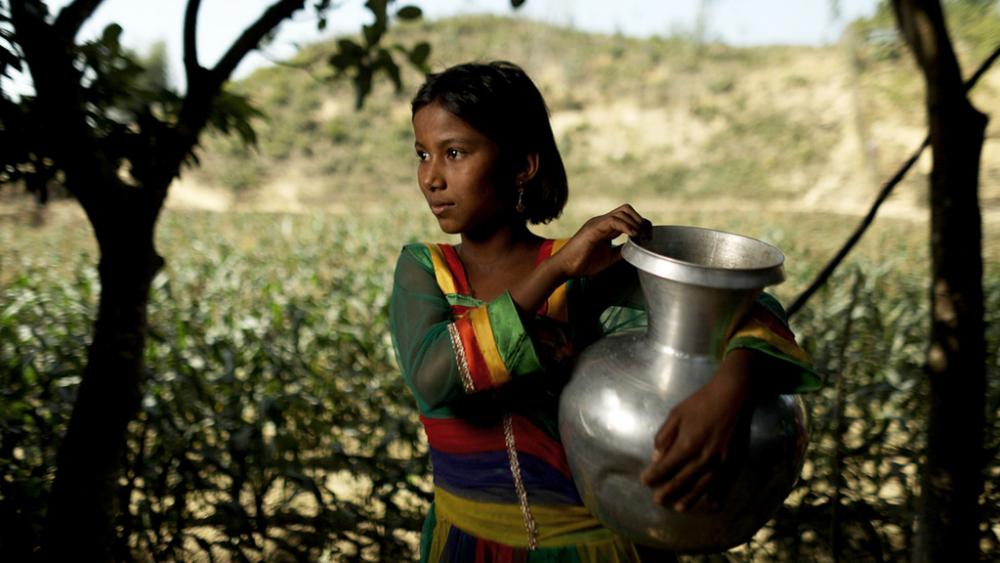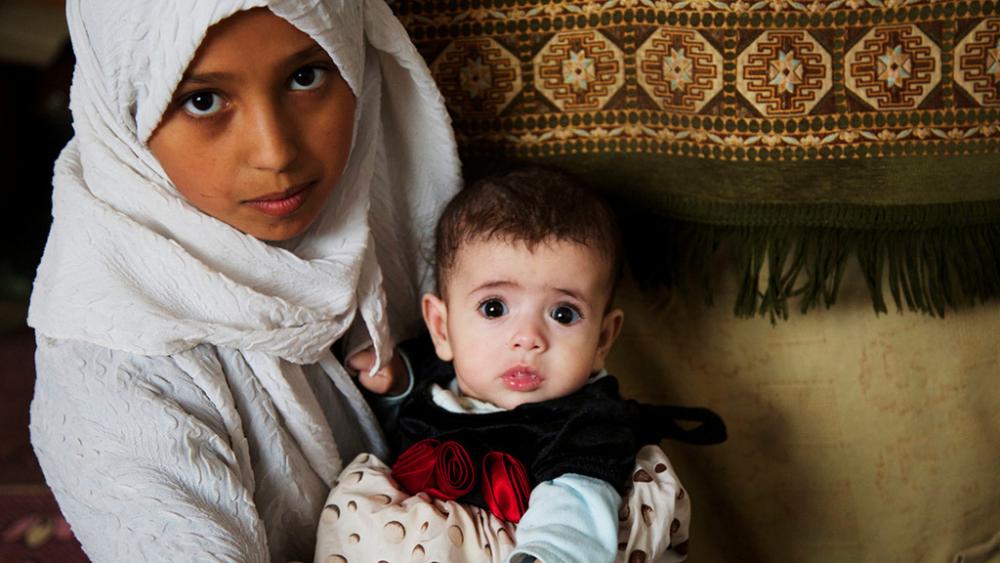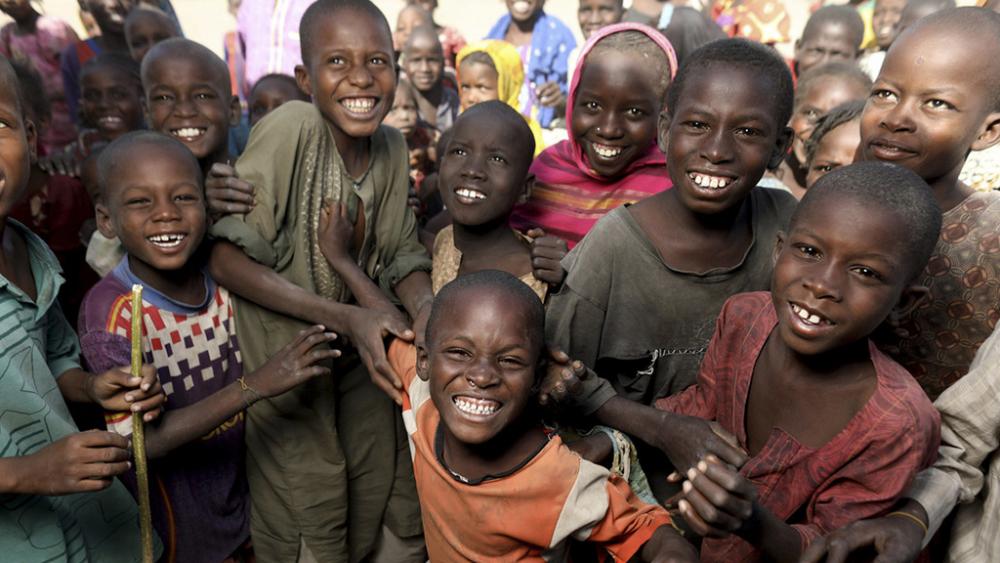Gender in Emergencies
Gender in Emergencies
Activities during a humanitarian response can increase and reinforce, or reduce, existing inequalities.
CARE’s humanitarian mandate is to meet immediate needs of women, men, girls and boys affected by natural disasters and humanitarian conflicts in a way that also addresses the underlying causes of people’s vulnerability, especially as a result and cause of gender inequality. The impact of crises on people's lives, experiences and material conditions differ based on their gender and sexuality. Our activities during a humanitarian response can increase and reinforce, or reduce, existing inequalities. Integrating gender into every stage of a response is therefore a core part of CARE achieving their humanitarian mandate.
Gender in Emergencies: Stats and Facts
Global figures and trends related to the intersection of gender and emergencies.
Learn more
Global Commitments: Gender in Emergencies
The goals, standards and commitments set forth by international law, humanitarian accountability frameworks and global strategies for gender justice and emergencies.
Learn more
CARE's Strategy on Humanitarian Action and Gender
CARE's strategy and approach to gender justice in the context of emergencies.
Learn more
Promising Practices: Gender in Emergencies
Key approaches that have been identified to advance gender justice, resilience and emergency response.
Learn more




